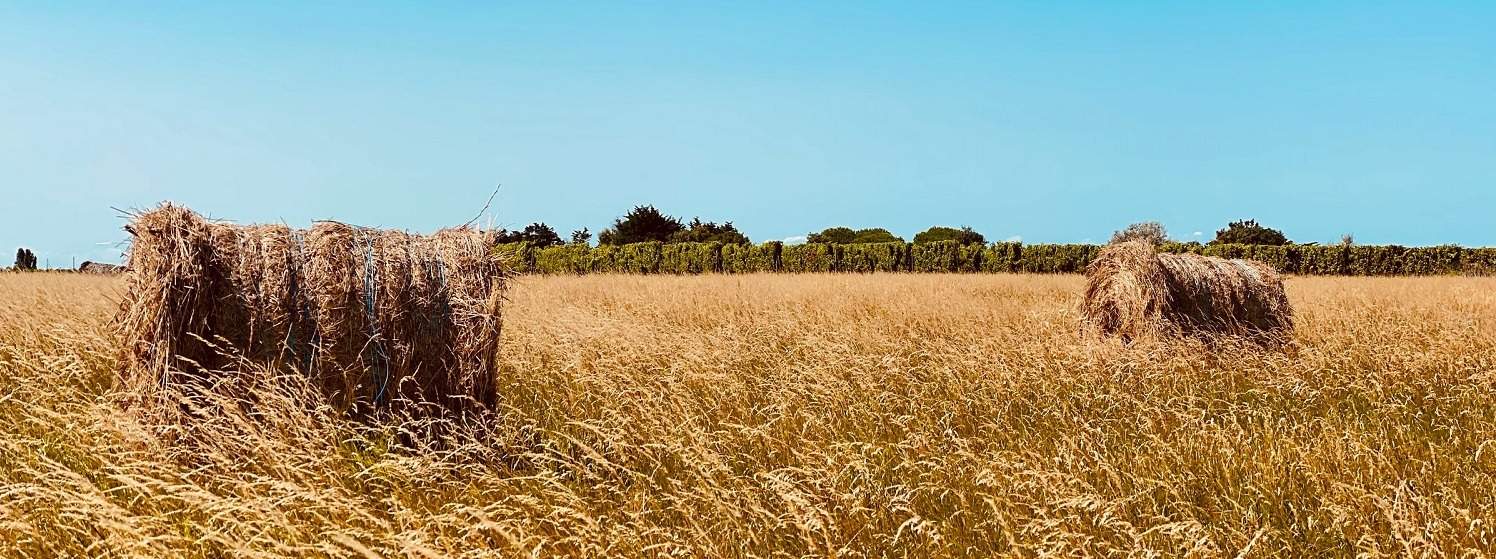In December, the Ministry of Agriculture released the results of its once-a-decade agricultural census. While the figures are still provisional for the moment, they highlight agriculture’s continued importance in France.
Despite the significant drop in the number of farms over the course of the last ten years (- 21%), France is still a major agricultural powerhouse, and the total farmland has not decreased. It still represents approximately 50% of the surface area in mainland France, as the drop in the number of farmers was compensated for by the increase in farms’ size. In 2020, they measured 69 hectares (170 acres) on average, i.e. 14 hectares (35 acres) more than in 2010 and 27 (67) more than in the year 2000.
“Agriculture is still a major asset for our country, with over half of our area occupied by agricultural activities,” Julien Denormandie, the Minister of Agriculture, emphasizes.
Another distinguishing characteristic of French agriculture is its quality. In fact, over one third of the country’s agricultural production has a quality label. Concretely, that means that 106,000 farms have obtained a quality certification (label, PGI or guaranteed traditional specialty).
Organic Has Tripled in a Decade
At the same time, organic agriculture has grown spectacularly, tripling in the past 10 years. With over 47,000 farms concerned, organic farming is now practiced on 12% of French farms – as opposed to just 4% ten years ago. In addition, the number of farms certified High Environmental Value now exceeds 25,000 (7% of French farms), which represents a 20-fold increase in just three years.
Yet at the same time, French agriculture has maintained its diversity, with 48% of farms focused on livestock, and 52% on crops – the latter having taken the lead in 2020 (52%, as opposed to 45% in 2010). All together, over 759,000 people have year-round jobs in agriculture.
The number of new farmers remained stable over the decade, but with 60% of farmers being over the age of 50, French agricultural is facing a critical demographic challenge and needs to attract younger people. “That is a major focus of the next Common Agricultural Policy, in which subsidies for new farmers have been raised, and the France 2030 scheme, which will enable them to fully engage in the third agricultural revolution,” Julien Denormandie points out. Other important measures include the Egalim 2 Law, which should guarantee a more equitable income for farmers’ (in both livestock and crops) income, and the government’s promise to improve agricultural retirement plans.
More info about French Agrofood sector in France : read our sector infographics and regional infographics.
